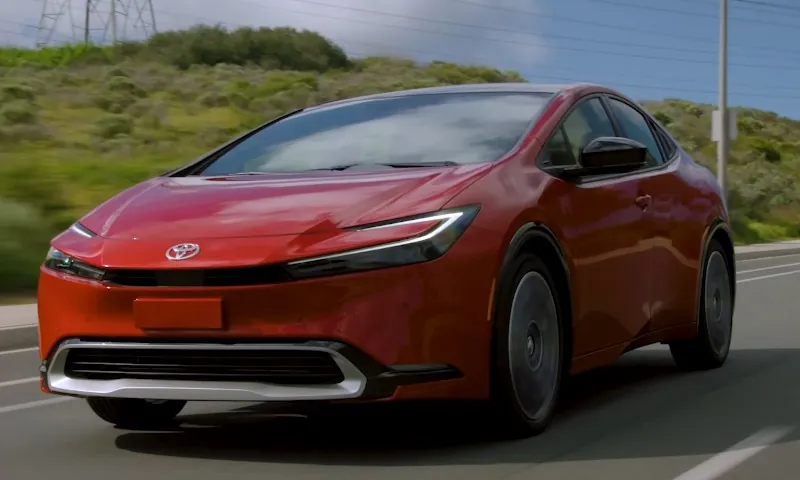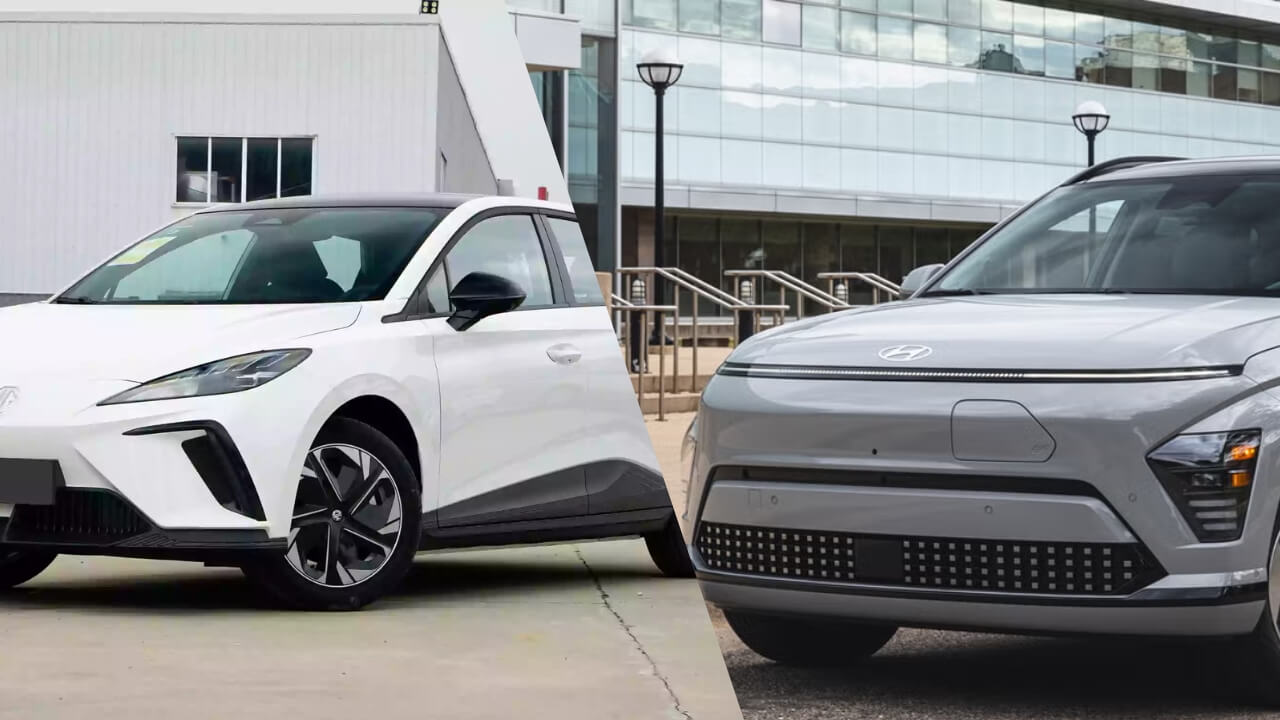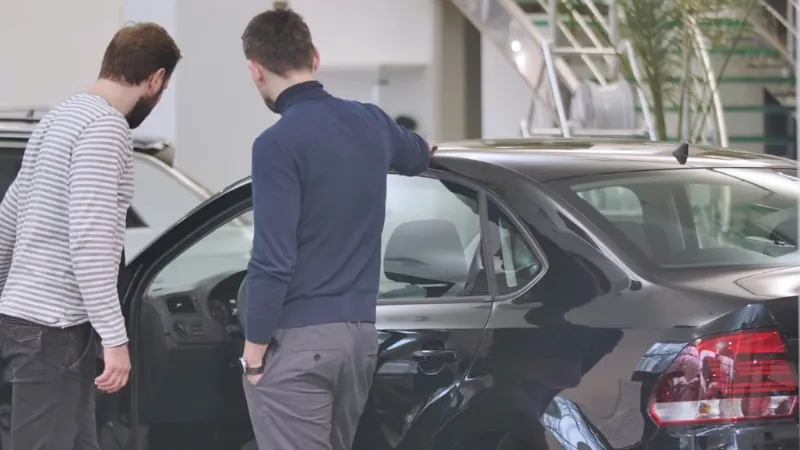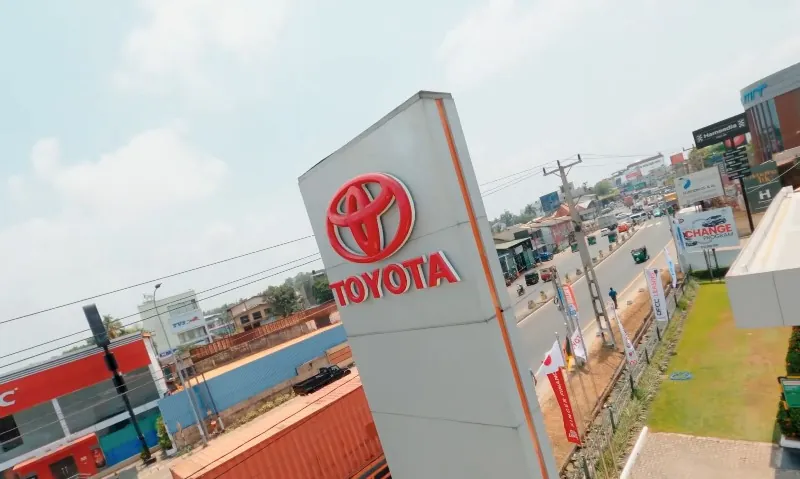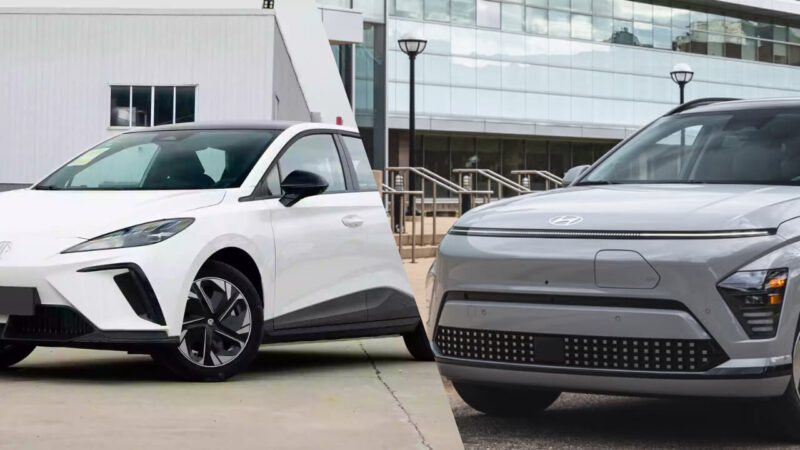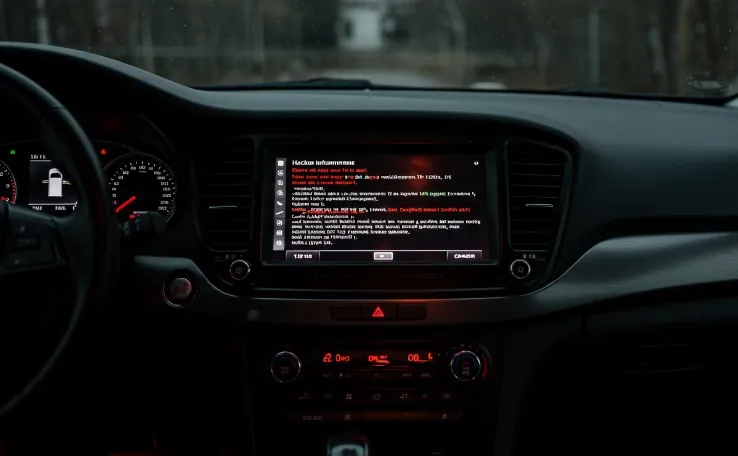
Share Post:
Remote car hacking has shifted from a theoretical possibility to a real-world concern in less than a decade.
Connected vehicles now rely on wireless technologies and complex software systems that open new pathways for cyber intrusions.
The growth of connected cars has brought innovations in convenience, safety, and entertainment, but it has also created unprecedented risks.
Wireless communication methods such as Uconnect, Remote Keyless Entry (RKE), and Passive Keyless Entry and Start (PKES) systems offer hackers remote access points.
Ethical hackers and malicious actors alike have revealed vulnerabilities that can compromise not only property but also lives on the road.
Table of Contents
ToggleCase Study: The Jeep Cherokee Hack (2015)
Remote car hacking became a front-page issue in 2015 when researchers demonstrated just how much control attackers could gain over a modern vehicle.
Until then, many automakers and drivers treated cybersecurity as a secondary concern, focusing more on convenience than defense.
The Jeep Cherokee hack changed that perception overnight by proving that cyber intrusions could move from infotainment gimmicks to life-threatening scenarios on the road.
Charlie Miller and Chris Valasek captured the world’s attention with a live demonstration involving journalist Andy Greenberg.
While Greenberg drove the Jeep Cherokee on a highway, the researchers remotely manipulated multiple systems, showing that a connected car could be hijacked without physical contact.
Control Achieved by Hackers:
- Brakes disabled at will
- Steering manipulated in reverse
- Transmission forced into neutral
- Radio and air conditioning hijacked for psychological impact
The exploit took advantage of Chrysler’s Uconnect infotainment system.
A flaw in its firmware, coupled with the use of Sprint’s cellular network, left many vehicles with public IP addresses exposed.
Attackers could remotely access the system, escalate privileges, and pivot into the internal network to command safety-critical features.
Consequences were swift and severe. Chrysler recalled 1.4 million vehicles, marking a milestone as one of the largest security-driven recalls ever issued.
Lawmakers proposed stronger automotive cybersecurity regulations, including the possibility of mandatory patching and vulnerability disclosure practices.
Security experts widely recognized the case as a turning point, forcing global automakers to acknowledge that cars had become part of the broader cybersecurity battleground.
Systematic Review: Remote Keyless Entry (RKE) and PKES Exploits
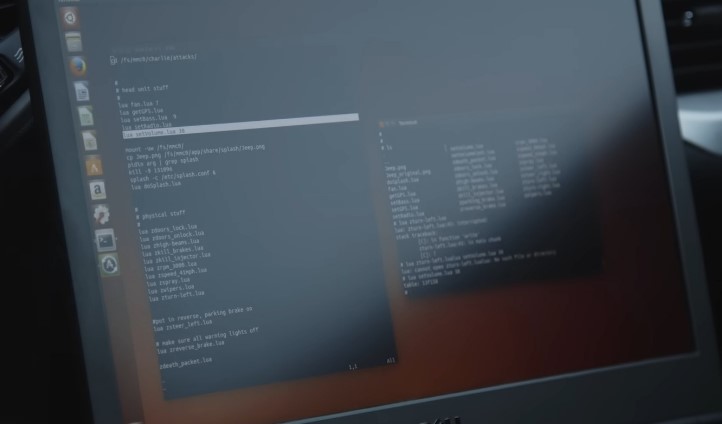
Advancements in vehicle entry systems have created convenience for drivers while also exposing new weaknesses.
What began with mechanical keys evolved into remote unlocking systems in the 1980s, followed by passive entry and start functions in the 2000s.
Today, smartphone apps and ultra-wideband technologies expand capabilities further but continue to face threats from attackers equipped with inexpensive tools.
Evolution of Vehicle Entry Systems
Mechanical keys dominated until the 1980s
- Remote Keyless Entry (RKE) introduced with fobs for distance unlocking
- Passive Keyless Entry and Start (PKES) spread widely in the 2000s
- Current reliance on NFC, Bluetooth Low Energy, rolling codes, and mobile APIs
- Emerging use of UWB protocols for proximity detection and stronger anti-relay features
Each stage improved driver experience but also introduced cryptographic, synchronization, and signal relay risks.
Attackers continuously adapted techniques to exploit weak design decisions.
Illustrate how weak authentication or poorly designed APIs can expose vehicle access.
Common Attack Vectors

Now let us take a look at the commonest attack vectors.
Cryptographic Attacks
Legacy systems using DST40, KeeLoq, Hitag2, or Megamos Crypto remain vulnerable. Attackers have demonstrated brute force, algebraic, and power analysis techniques that expose encryption weaknesses.
Relay Attacks
Signals between car and key can be relayed over longer distances to bypass proximity detection. Even modern PKES systems are still impacted, often with equipment costing under $100.
Jamming & Replay Attacks
Methods such as RollJam or RollingPwn intercept signals and exploit poor synchronization between fob and vehicle. By capturing and replaying transmissions, attackers can unlock cars without having the original key.
Web and API-based Attacks
Integration with smartphones and connected apps creates a new frontier of risk. Vulnerabilities in TeslaMate, SiriusXM, Honda applications, and Kia’s UVO API have shown how attackers can exploit weak authentication or poorly secured APIs.
Lessons from the 2015 “Summer of Car Hacks”
A surge of vehicle hacks in 2015 brought several important lessons:
Car Companies Need Hackers
Ethical hackers highlighted critical vulnerabilities that automakers had overlooked. Engaging security researchers through bug bounty programs can identify flaws before criminals exploit them. Tesla embraced this approach early, while other manufacturers lagged.
Cars Need Immune Systems
Intrusion detection systems, segmented networks, and emergency “limp modes” are vital. Vehicles should be able to detect unusual commands and enter safe operating modes to protect drivers.
Cybersecurity Goes Beyond the Car
Attack vectors extend to insurance telematics devices, dealership maintenance tools, and driver smartphones. Security must cover the entire ecosystem, not just the vehicle itself.
Customers Must Stay Informed
Transparency has often been lacking. Public security ratings and consumer education can help create pressure on automakers to improve practices. Buyers deserve to know the cyber resilience of their vehicles.
Regulators Must Step In
NHTSA and other agencies must push automakers toward secure patching processes, disclosure requirements, and modern standards. Over-the-air updates offer an alternative to cumbersome recalls but require consistent regulation.
Industry & Research Responses
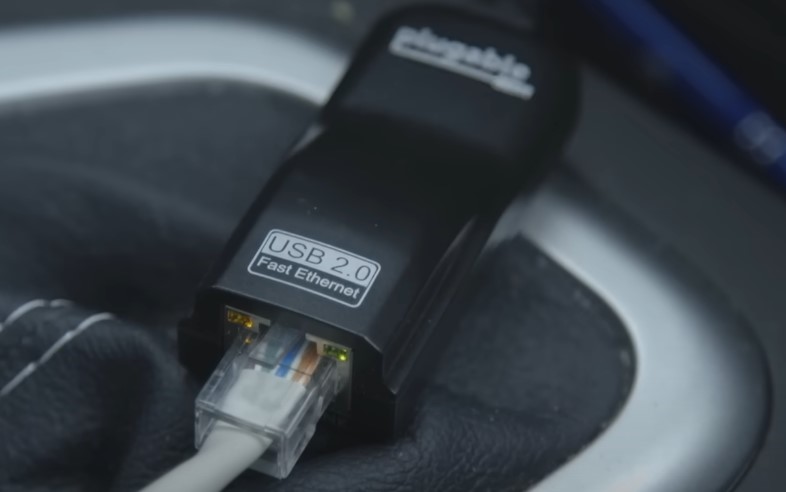
Automakers and researchers have responded to vehicle cybersecurity challenges in very different ways.
Chrysler relied on a USB-based patch after the Jeep hack, a method widely criticized for being slow and impractical for average owners.
Tesla set a higher standard by proving that responsive over-the-air updates could rapidly close vulnerabilities, minimizing exposure windows.
- Emerging defenses continue to develop across both industry and academia:
- UWB-based proximity systems designed to reduce the effectiveness of relay attacks
- Machine learning detection models trained to identify abnormal communication patterns inside vehicle networks
- Hardware-based protections such as secure bootloaders and physically unclonable functions (PUFs) that strengthen system integrity
- Academic proposals including:
- Timestamp-based anti-replay protocols
- Post-quantum cryptographic schemes aimed at protecting PKES systems against future computing threats
Efforts toward international standardization, particularly through ISO/SAE 21434, seek to provide consistent practices and accountability.
Future Directions and Open Challenges
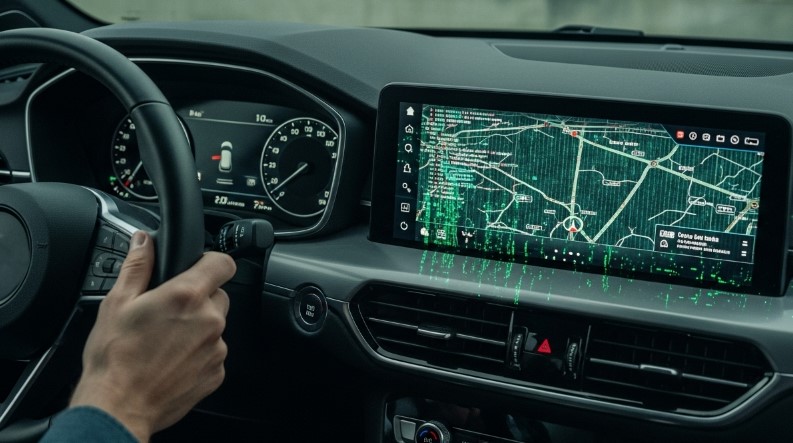
Significant challenges still limit effective cybersecurity in vehicles. Relay and jamming attacks at the physical layer remain extremely difficult to counter fully.
Closed-source systems prevent thorough peer review, allowing flaws to remain hidden until exploited. Proprietary approaches often slow down collaboration across the industry.
Future research must prioritize secure API frameworks for smartphone integration, balancing convenience with safety.
Usability plays a key role in adoption, as overly complex security may lead drivers to bypass protections.
Policy changes could mandate vulnerability disclosure practices, a public database of security ratings, and compulsory OTA update capabilities for all connected cars.
Collaboration between regulators, researchers, and industry leaders will determine how quickly these challenges can be addressed. Without strong action, attackers will continue to stay one step ahead.
Summary
Remote car hacking has proven to be a real and pressing threat.
Major incidents, such as the Jeep Cherokee hack, exposed just how vulnerable connected vehicles can be when security is treated as an afterthought.
Lessons drawn since then highlight the need for cooperation among hackers, manufacturers, regulators, and consumers.
Progress has been made with OTA updates, new cryptographic methods, and hardware protections, but the automotive industry still trails behind the technology sector in cybersecurity maturity.
Related Posts:
- Tesla Model Y vs. Hyundai Ioniq 5 – Real-World…
- How Weather Conditions Affect Electric Vehicle…
- How Vehicle Emissions Checks Differ in US, UK and Europe
- Should You Put Premium Gas in Your Car? Insights for…
- When to Use the VSC OFF Button in Your Toyota…
- Chronic Electrical Problems in Your Vehicle - Fix or Sell?



